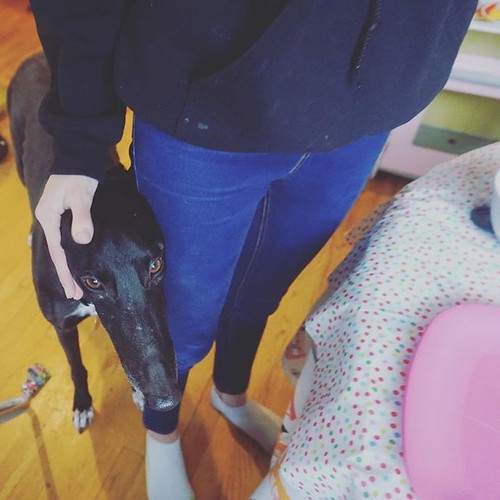the membrane was normalized by housekeeping gene (GAPDH). HBV(-) mice, PBS injected mice.
ALT and AST are enzymes situated in liver cells that are released in to the circulation by necrotic hepatocytes. Hence, we monitored these transaminase concentrations in the serum to assess the toxicity following AAV8-1.2HBV vector administration. Compared with HBV(-) mice, AAV8-1.2HBV infection did not improve the serum ALT levels over the course of six months (Fig 5a), whereas the serum AST level increased modestly at 1 and 2 months p.i.; nevertheless, this difference was not statistically substantial. Animals treated with AAV8-1.2HBV didn’t exhibit other symptoms of systemic toxicity (data not shown). The improved AST levels at 1 and two months p.i. may have been associated with HBV transgene expression. These benefits demonstrate that there was no apparent acute inflammatory response immediately after AAV8-1.2HBV injection. Preceding research show that the chronic Vapreotide biological activity inflammation associated with HBV infection contributed to liver fibrosis in human patients[34, 35]. To investigate no matter whether liver fibrosis and chronic liver injury had been present following AAV81.2HBV transduction, histopathological adjustments in liver sections were analyzed overtime by H&E, Masson’s staining and Sirus red stain. As shown in Fig 5b, mild inflammation and hepatic necrosis had been indicated. A mild inflammatory cell infiltration surrounding the portal area (black arrow) was shown by H&E staining at 1, 3, and 6 months p.i., and most of hepatocytes have been normal up to 3 months p.i.. At six months p.i., on the other hand, the hepatic lobular structure was marked damage and ground glass-like hepatocytes had been indicated, macrovesicular steatosis degeneration (blue arrow) was also observed and the vascular and portal areas was obviously broadened. Collagen (stained blue by Masson’s staining and red by Sirus red stain; yellow and white arrow) deposition was observed by an increasing trend during the study period (Fig 5b). Proliferated fibers were stained blue in liver by Masson stain, and proliferated collagen I fibers had been stained red by Sirus Red stain in liver (Fig 5b). The levels of collagen I and III in the serum and liver of the model mice have been determined to facilitate a quantitative assessment of the major extracellular matrix proteins. Compared with normal mice at 1 month p.i., model mice showed a 205% enhance in collagen I (Fig 6a) and a 300% enhance in collagen III (Fig 6b) in the serum and the liver, respectively. ELISA and RT-qPCR had been next used to examine the expression of fibrosis connected proteins and genes, respectively. The levels of TGF-1 and TIMP-1 protein (Fig 6c) and mRNA (Fig 6d) have been significantly higher in HBV(+) mice than in HBV(-) mice. These results suggest that AAV-HBV injection didn’t 17764671 induce a serious acute inflammatory response, whereas it did induce fibrosis and chronic liver injury.
AAV-HBV-mediated efficient HBV gene transfer, replication, and transcription in mouse liver. Mice have been injected intravenously with the AAV-HBV vector (two 1011viral genome equivalents (vg)) and then bled or sacrificed at the indicated time points. (a) HBV viral genomes in selected tissues at 2 days and six months following  injection. (b, c) Levels of AAV vector and whole HBV genome in serum (b) and liver (c) samples. HBV viremia is expressed as the difference between the whole HBV genome content and the AAV vector genome content. (d) Reverse transcription quantitative PCR analysis of the HBV cDNA content of the liver. Sta
injection. (b, c) Levels of AAV vector and whole HBV genome in serum (b) and liver (c) samples. HBV viremia is expressed as the difference between the whole HBV genome content and the AAV vector genome content. (d) Reverse transcription quantitative PCR analysis of the HBV cDNA content of the liver. Sta
